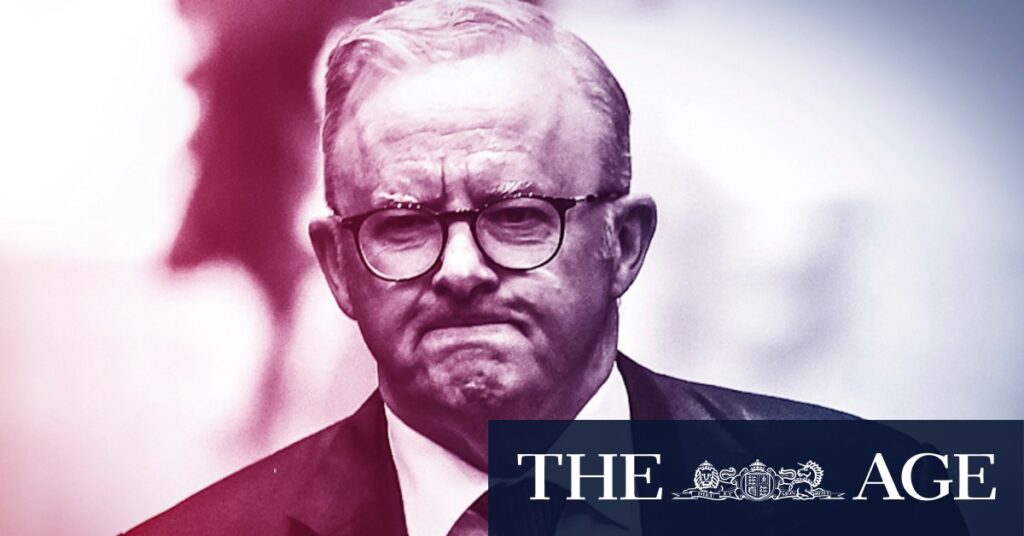
In a recent survey, only 20 percent of Australians expressed support for changing the current 10 percent Goods and Services Tax (GST) rate, while 47 percent opposed any alterations. This sentiment was consistent across various demographics, including Labor supporters, low- and high-income earners, retirees, and those in marginal seats. The resistance to altering the GST rate highlights a broader wariness among voters towards significant tax reforms proposed by the government.
The survey also revealed minimal backing for expanding the GST base to include sectors like financial services and fresh food, with just 23 percent in favor and 40 percent opposed. These findings underscore the challenges the government faces in implementing tax reforms amid public skepticism.
Capital Gains Tax Concession: A Potential Avenue for Reform
On Monday, the Labor-aligned McKell Institute released a study examining potential changes to capital gains tax concessions as a strategy to achieve the government’s goal of 1.2 million new homes by the end of the decade. The research suggested increasing the current 50 percent concession to 70 percent for investors building new apartments or units, while reducing it to 35 percent for those purchasing existing detached homes. This change could potentially result in an additional 130,000 properties by 2030.
The RPM poll indicated that 36 percent of respondents supported modifying the capital gains tax concession, with 37 percent undecided. Opposition stood at 27 percent, primarily driven by Coalition voters, 35 percent of whom were against the change. Interestingly, higher-income respondents showed more support (38 percent) than opposition (31 percent) for the reform.
Negative Gearing and Broader Tax Reforms
Labor’s previous election campaign in 2019, which unexpectedly ended in defeat, included promises to overhaul both capital gains tax and negative gearing. The recent poll shows less than a third of respondents (31 percent) support changes to negative gearing, while 43 percent remain unsure, and 26 percent oppose it. Support for reform was highest among Labor voters and high-income individuals (35 percent), whereas Coalition supporters showed the least support at 26 percent.
Despite the mixed reactions to tax reforms, the poll conveys a significant message to the Coalition. Only 18 percent of respondents believe the Coalition should oppose major reforms outright, while a substantial 57 percent advocate for negotiation and consensus with the government. Even among Coalition voters, 58 percent favor negotiation, with retirees showing the highest support at 69 percent.
Public Priorities and Economic Strategy
When asked about reform priorities, 25 percent of those surveyed identified health as the primary focus, closely followed by housing at 24 percent. Economic and financial reform was deemed most important by 21 percent of respondents. Regarding budget management, 37 percent suggested that Treasurer Jim Chalmers should cut spending to maintain a surplus, while only 14 percent supported higher taxes to fund current spending levels. Meanwhile, 28 percent preferred maintaining spending levels despite a budget deficit.
“Forty-one percent of respondents expressed willingness to make personal sacrifices for reform, indicating a readiness among some voters to endure potential hardships for long-term benefits.”
Labor supporters (45 percent) and higher-income individuals (47 percent) were the most prepared to make sacrifices, whereas Coalition voters (37 percent) and the unemployed (30 percent) were less inclined.
Independent Voices and the Path Forward
This week, independent MP Allegra Spender is set to host a tax discussion with experts, including former Treasury secretary Ken Henry, Grattan Institute head Aruna Sathanapally, and Westpac chief economist Luci Ellis. Spender emphasized the critical need for tax reform, stating, “Tax reform can help young people get ahead, help our businesses thrive, and help us transition our energy as cheaply as possible.”
As the government navigates these complex issues, the path forward requires careful consideration of public sentiment, expert insights, and political negotiation. The outcome of these discussions could shape Australia’s economic landscape for years to come.






